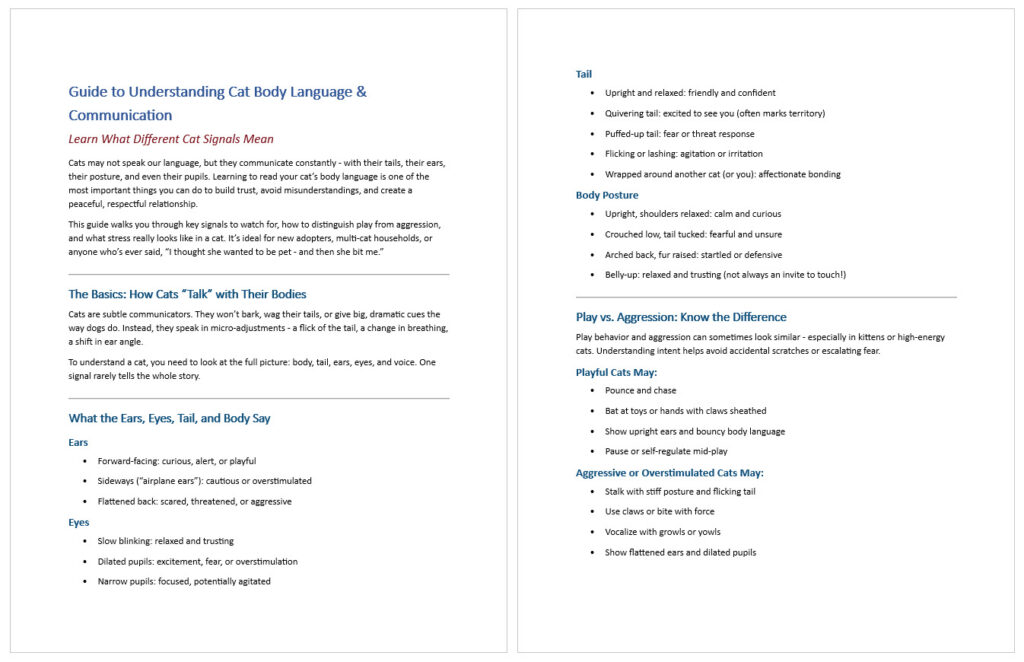A Guide to Understanding Cat Body Language & Communication
Learn What Different Cat Signals Mean
View, Download or Print the Cat Body Language Guide (PDF)
At Kitty Crew LA, we love cats and want all of our feline friends to have the best chance at finding and settling in to their fur-ever homes quickly, smoothly and with as little stress as possible.
We created this cat body language guide so cat owners can better understand what their cat is trying to tell them by just observing their body language.
In This "Cat Body Language" Guide
Cats may not speak our language, but they communicate constantly – with their tails, their ears, their posture, and even their pupils. Learning to read your cat’s body language is one of the most important things you can do to build trust, avoid misunderstandings, and create a peaceful, respectful relationship.
This guide walks you through key signals to watch for, how to distinguish play from aggression, and what stress really looks like in a cat. It’s ideal for new adopters, multi-cat households, or anyone who’s ever said, “I thought she wanted to be pet – and then she bit me.”
The Basics - How Cats “Talk” with Their Bodies
Cats are subtle communicators. They won’t bark, wag their tails, or give big, dramatic cues the way dogs do. Instead, they speak in micro-adjustments – a flick of the tail, a change in breathing, a shift in ear angle.
To understand a cat, you need to look at the full picture: body, tail, ears, eyes, and voice. One signal rarely tells the whole story.
What the Ears, Eyes, Tail, and Body Say
Ears
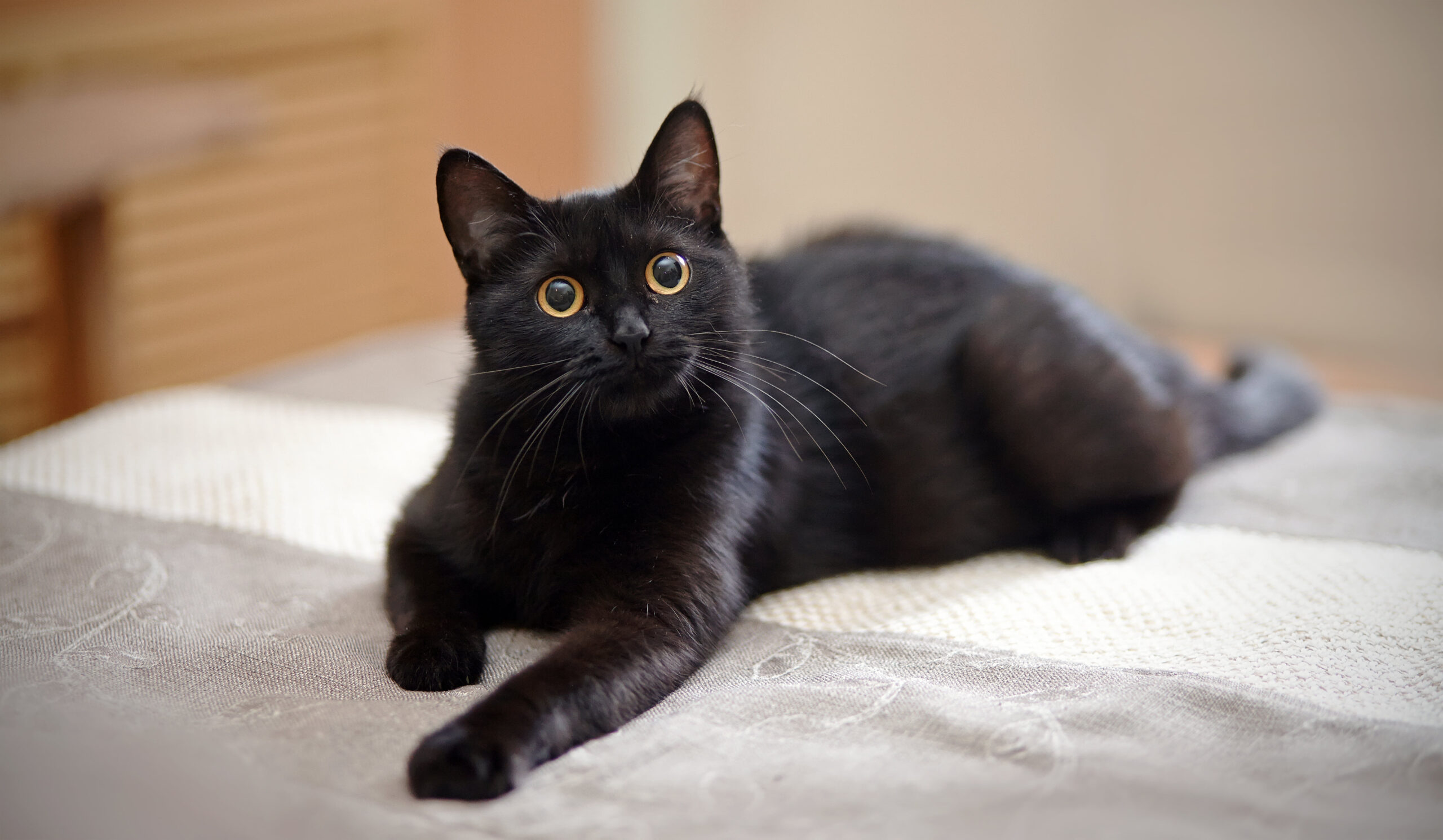
Forward-facing
Curious, alert, or playful
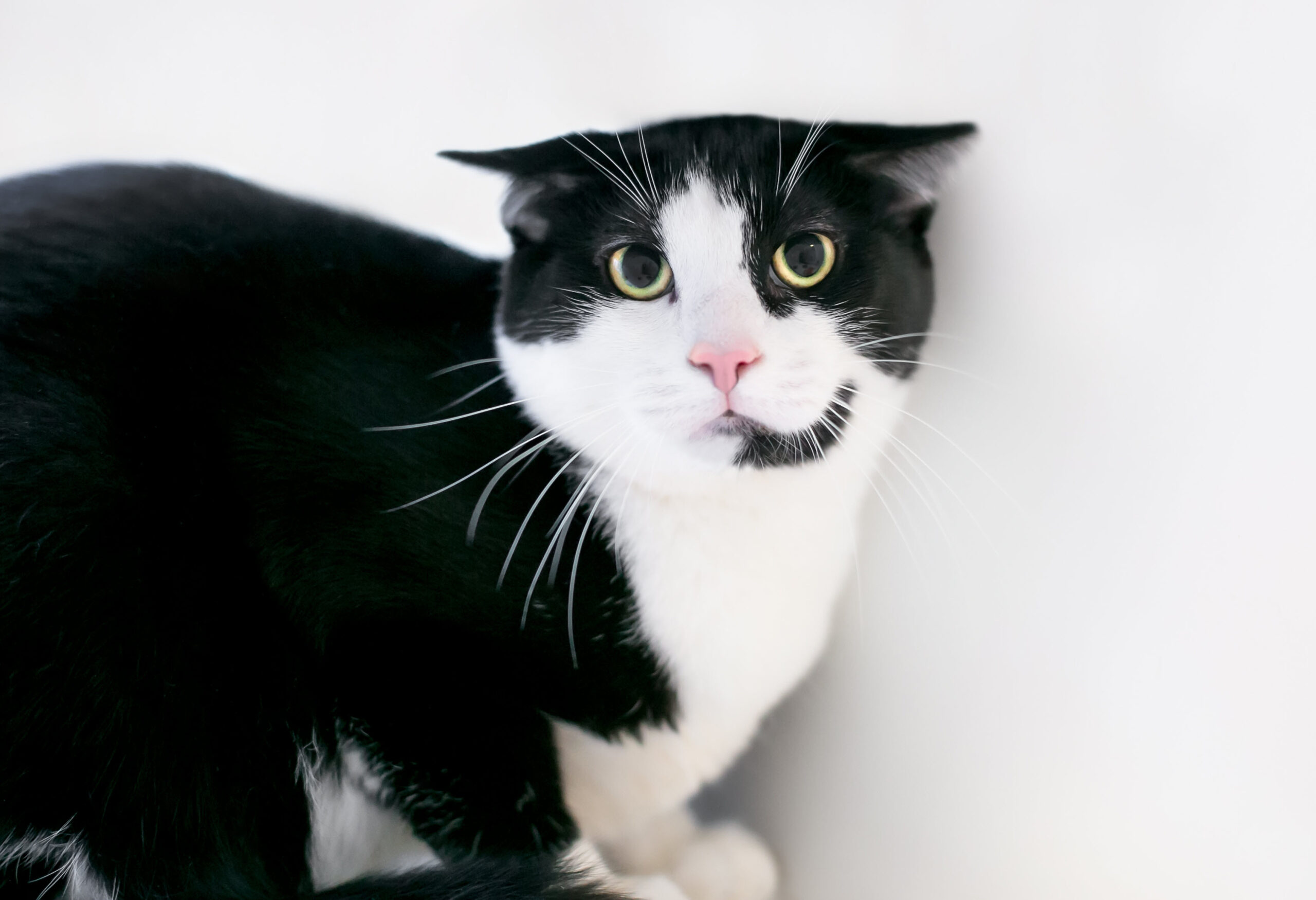
Sideways (“airplane ears”)
Cautious or overstimulated
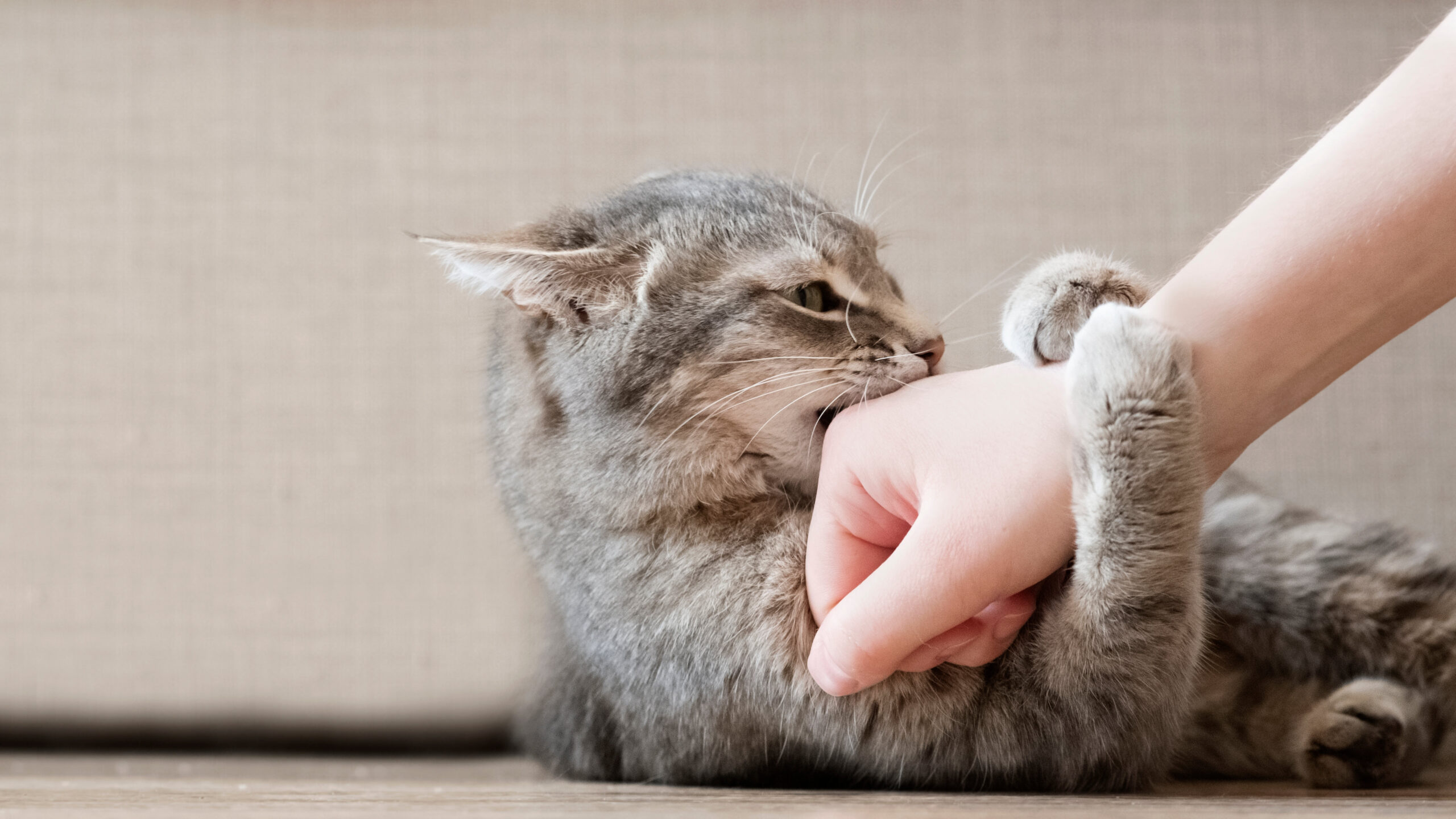
Flattened back
Scared, threatened, or aggressive
Eyes

Slow blinking
Relaxed and trusting
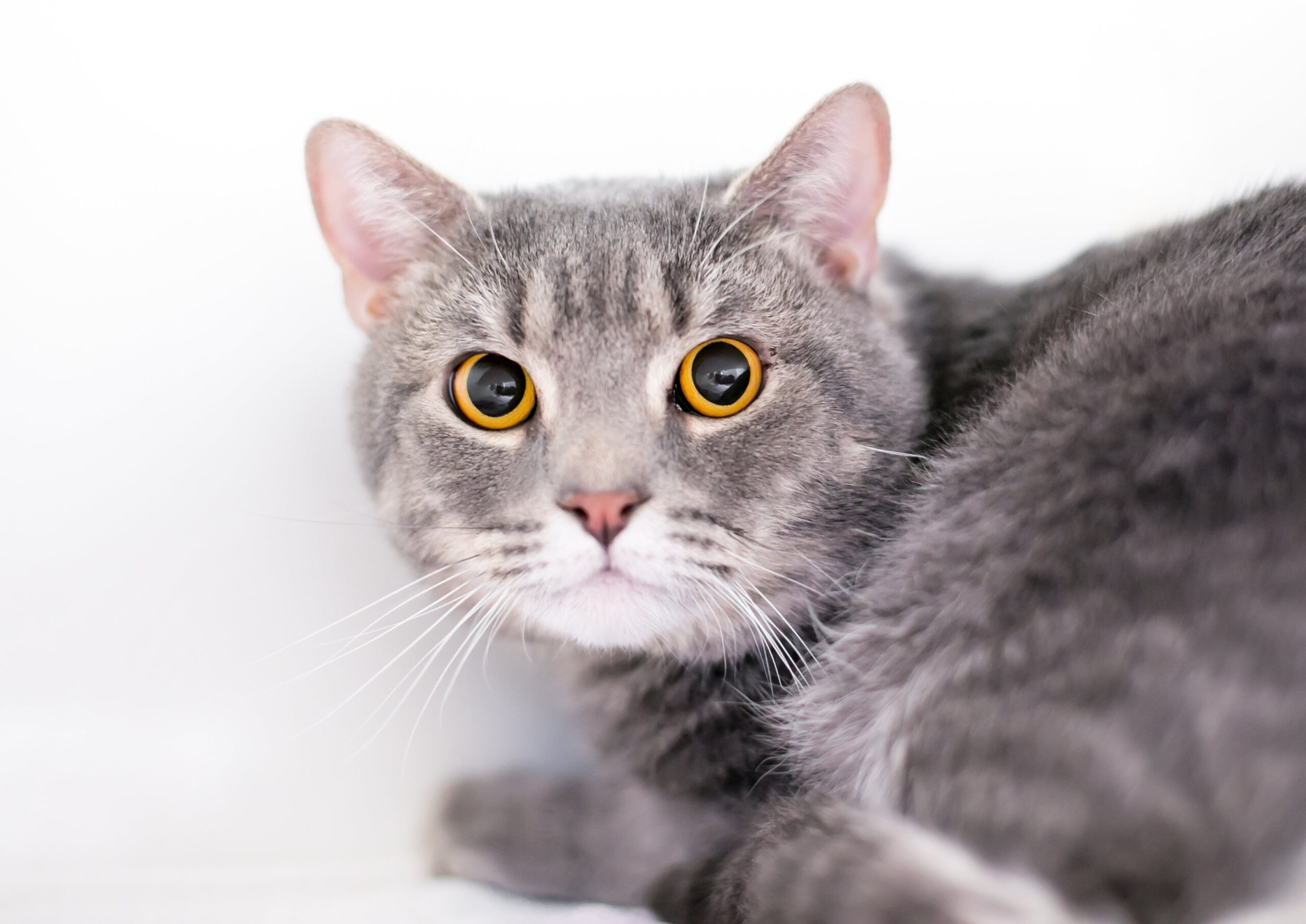
Dilated pupils
Excitement, fear, or overstimulation
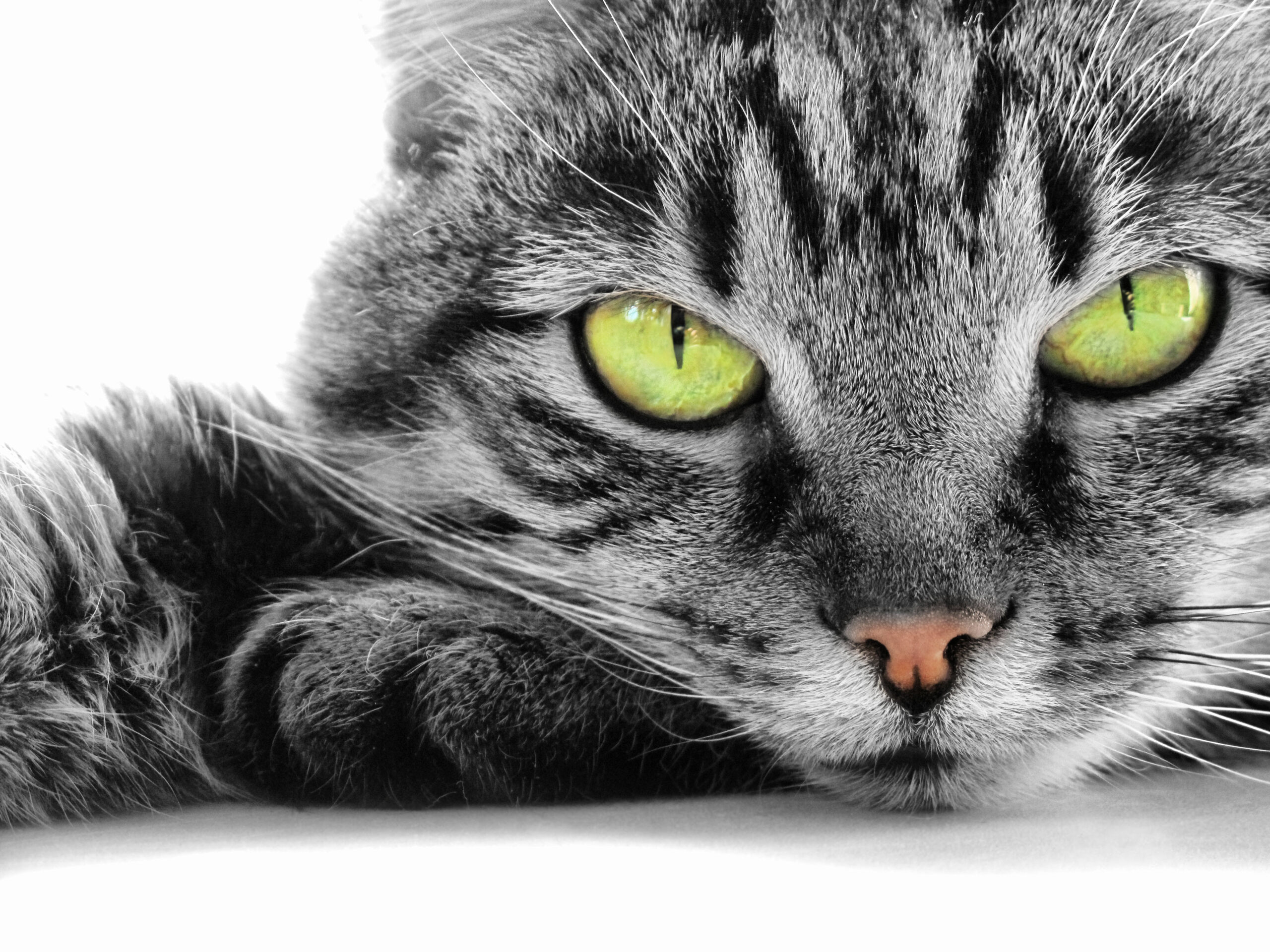
Narrow pupils
Focused, potentially agitated
Tail
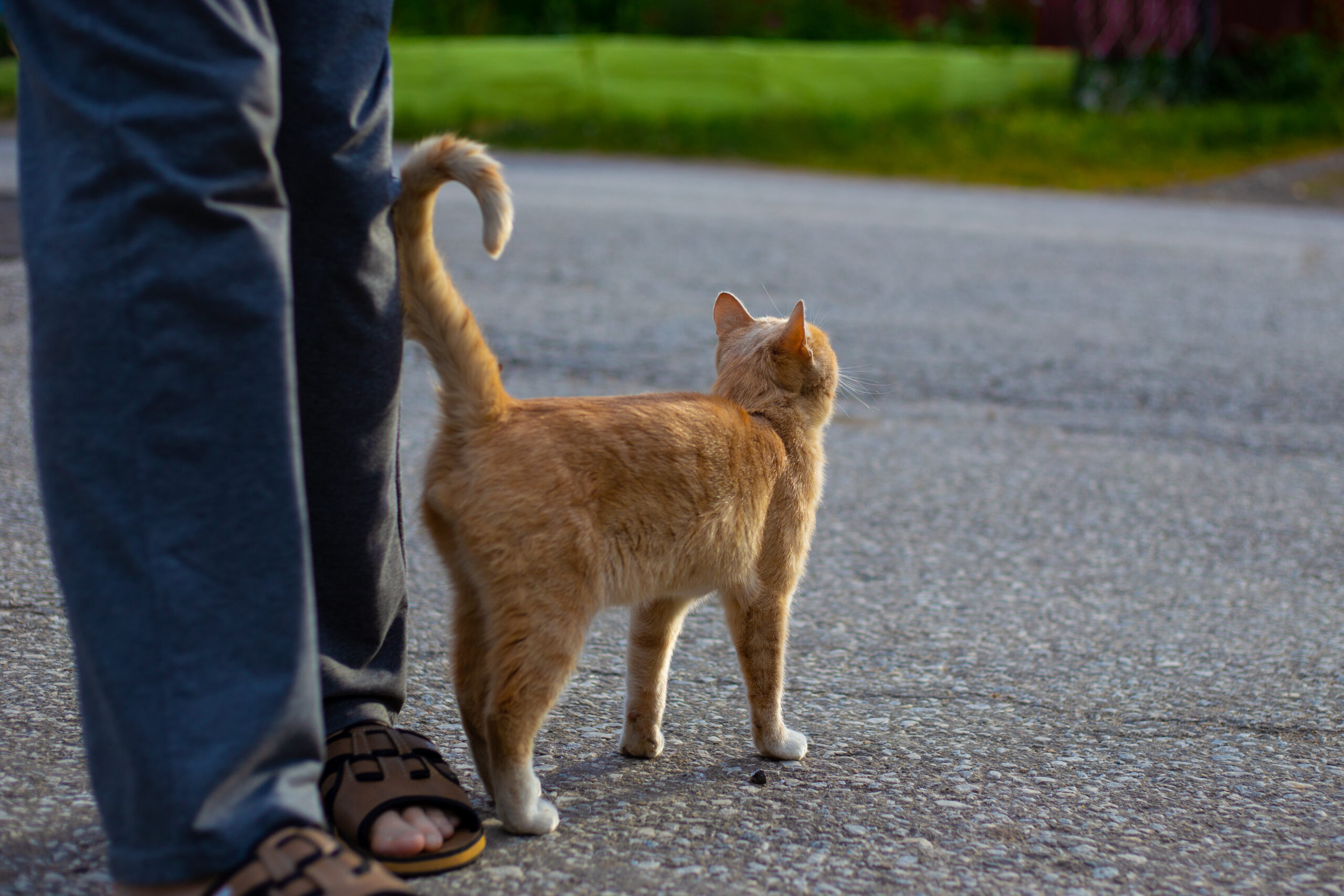
Upright and relaxed
Friendly and confident
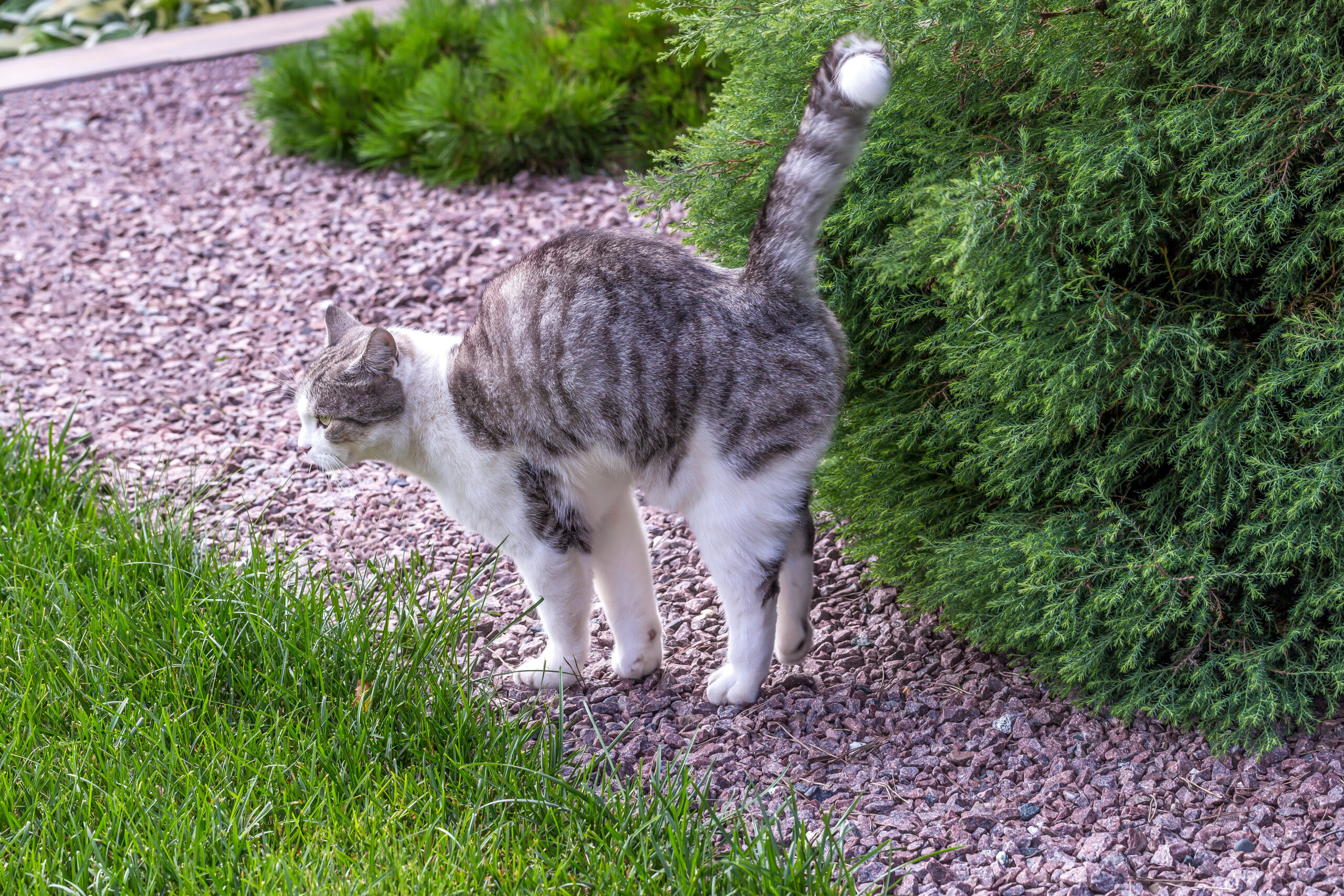
Quivering tail
Excited to see you (often marks territory)
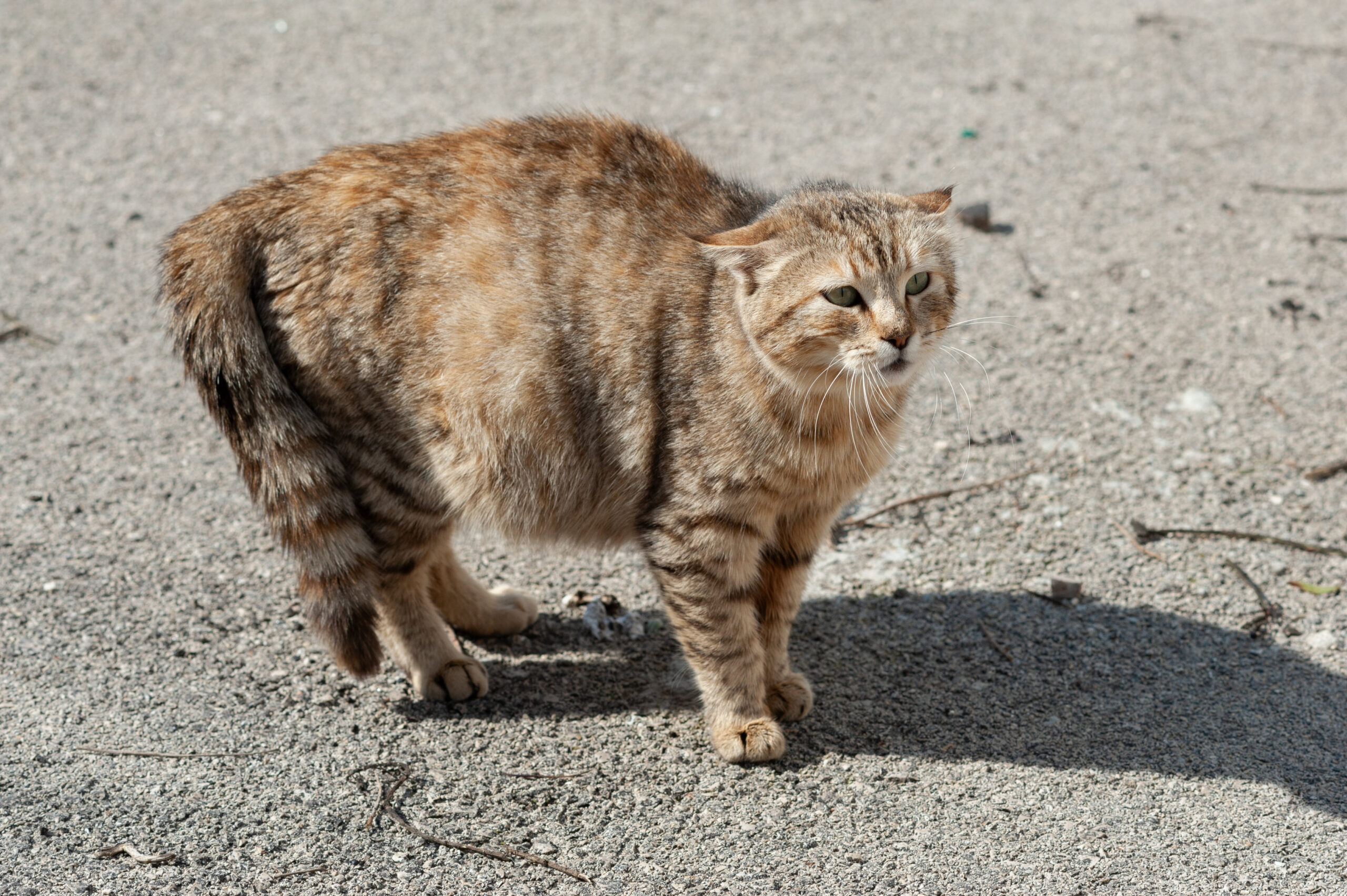
Puffed-up tail
Fear or threat response
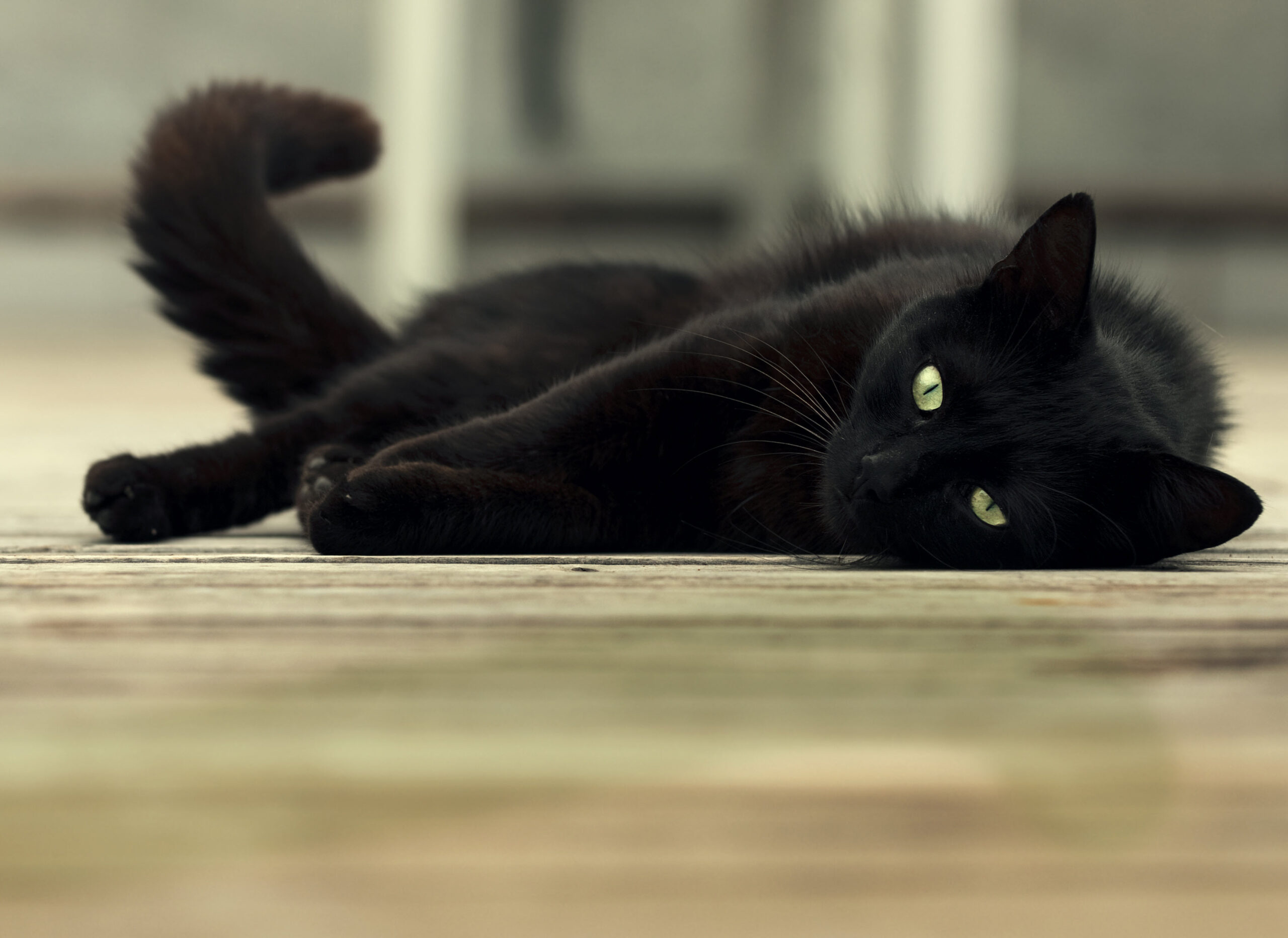
Flicking or lashing
Agitation or irritation
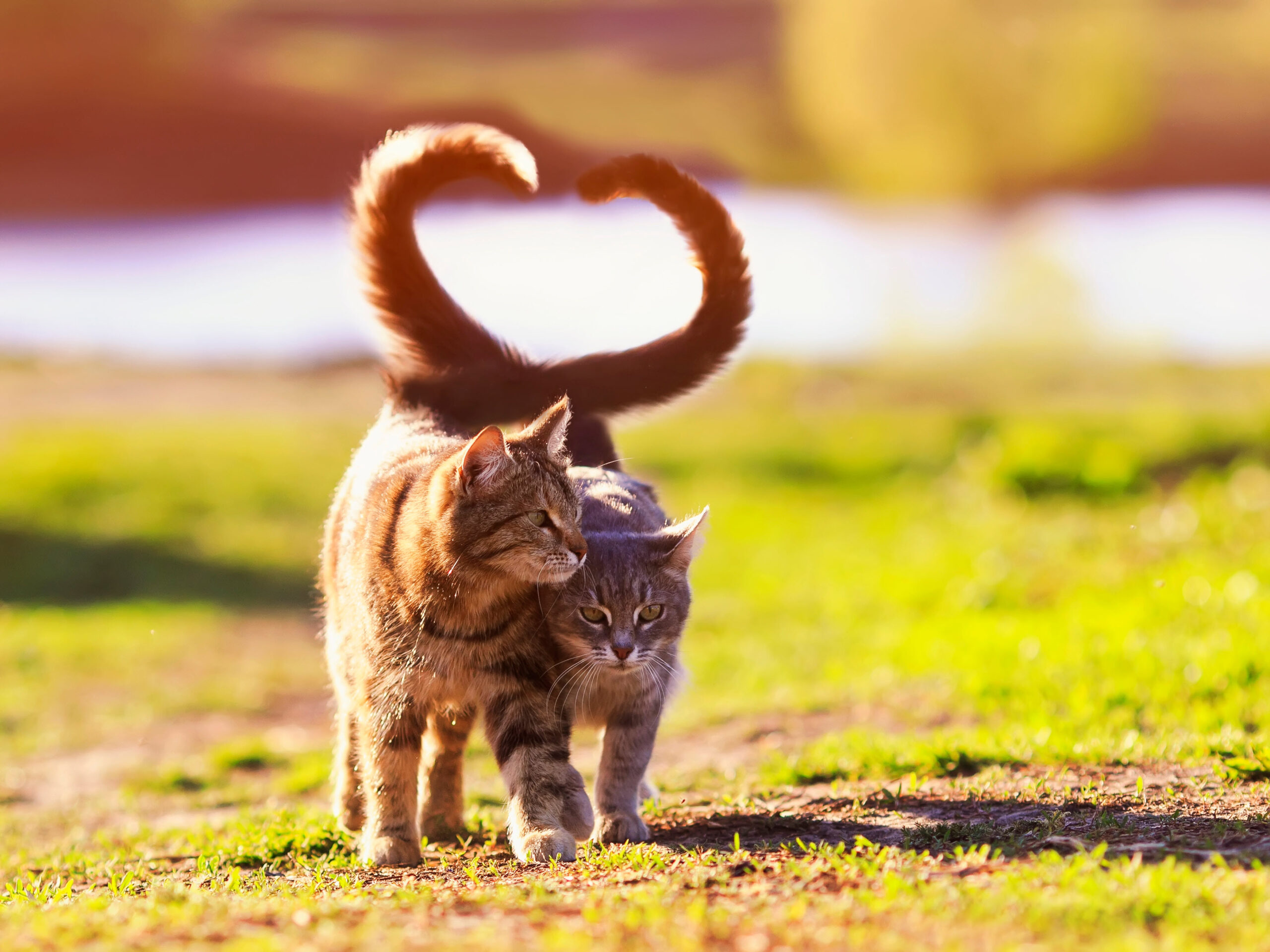
Wrapped around another cat (or you)
Affectionate bonding
Body Posture
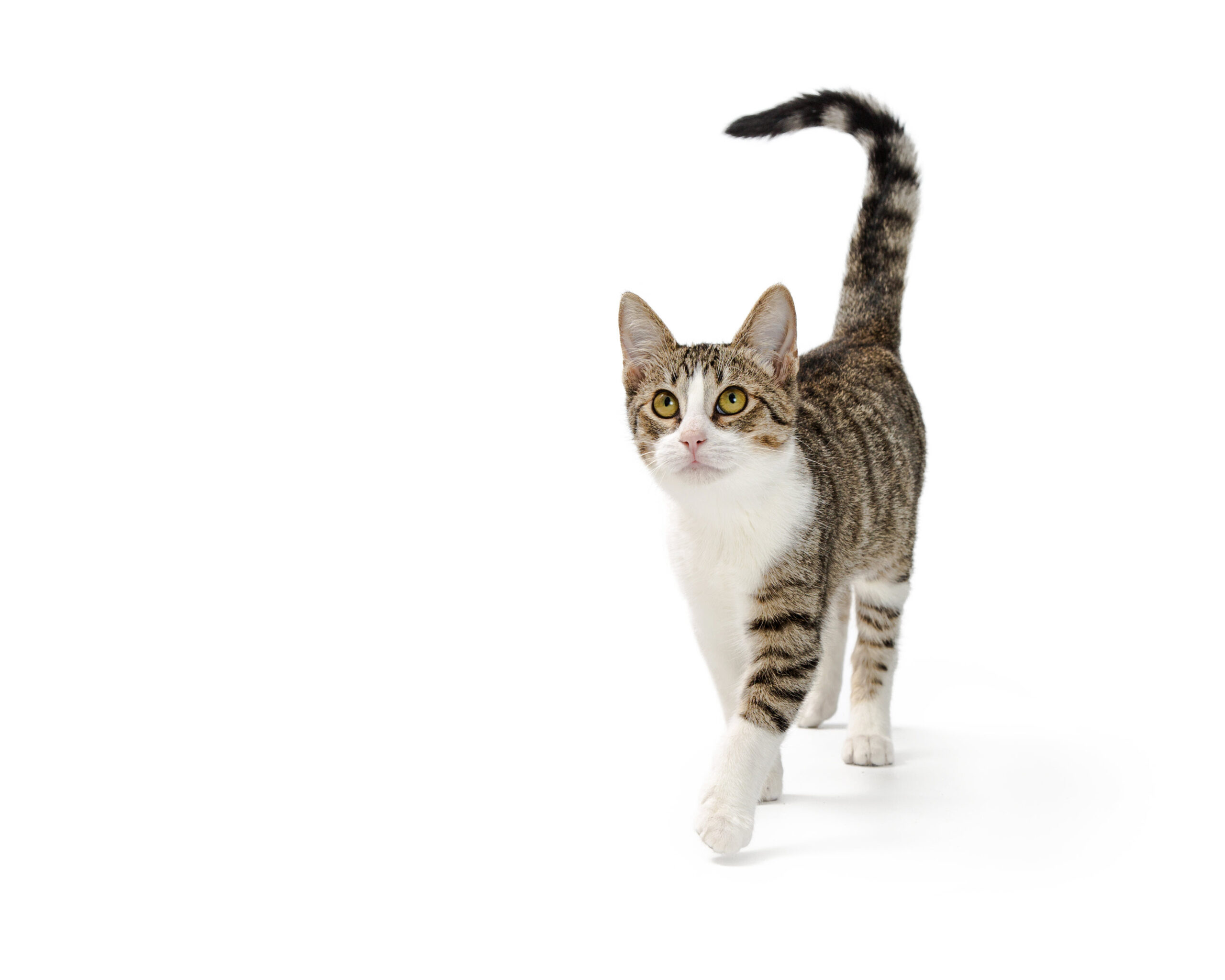
Upright, shoulders relaxed
Calm and curious

Crouched low, tail tucked
Fearful and unsure
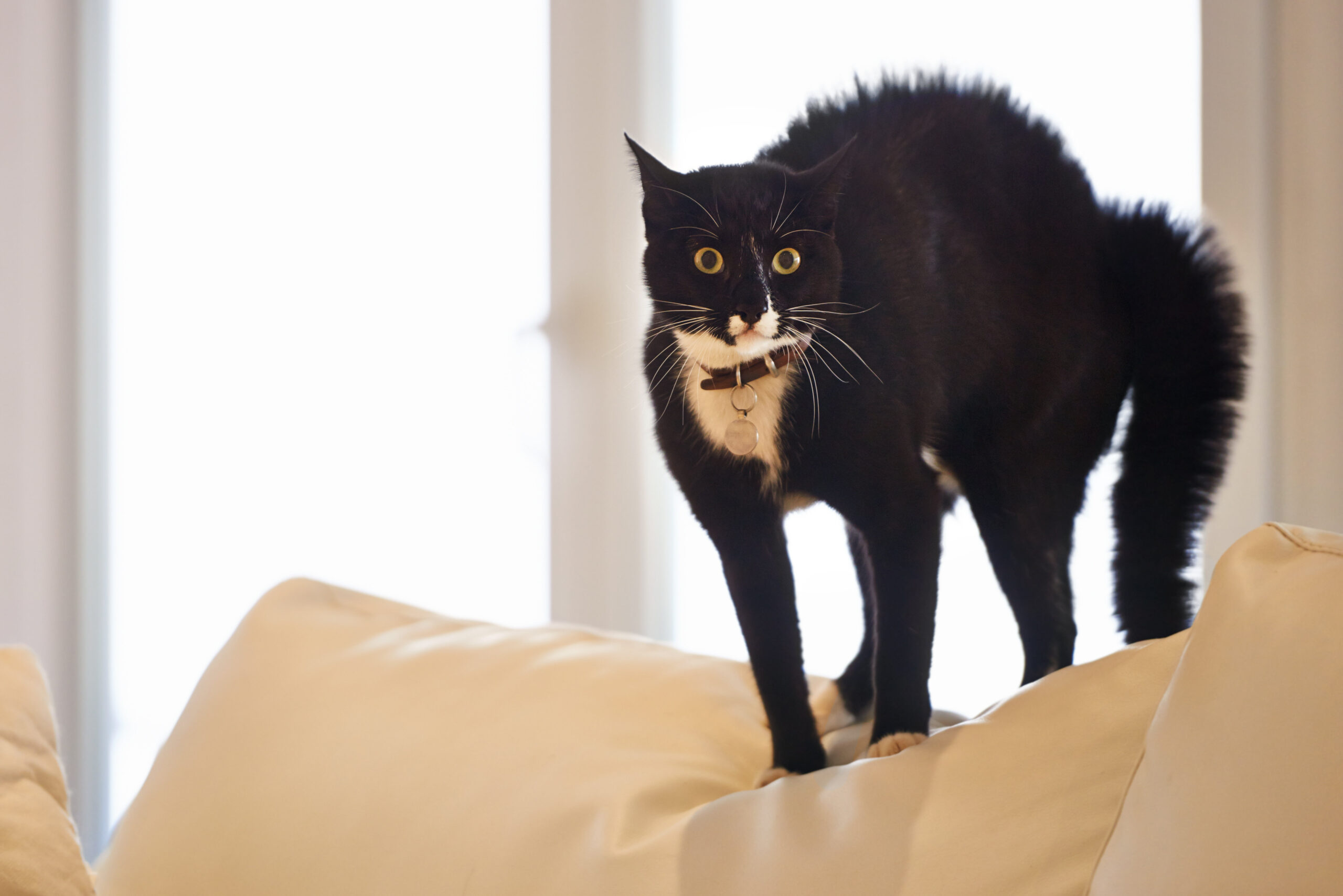
Arched back, fur raised
Startled or defensive
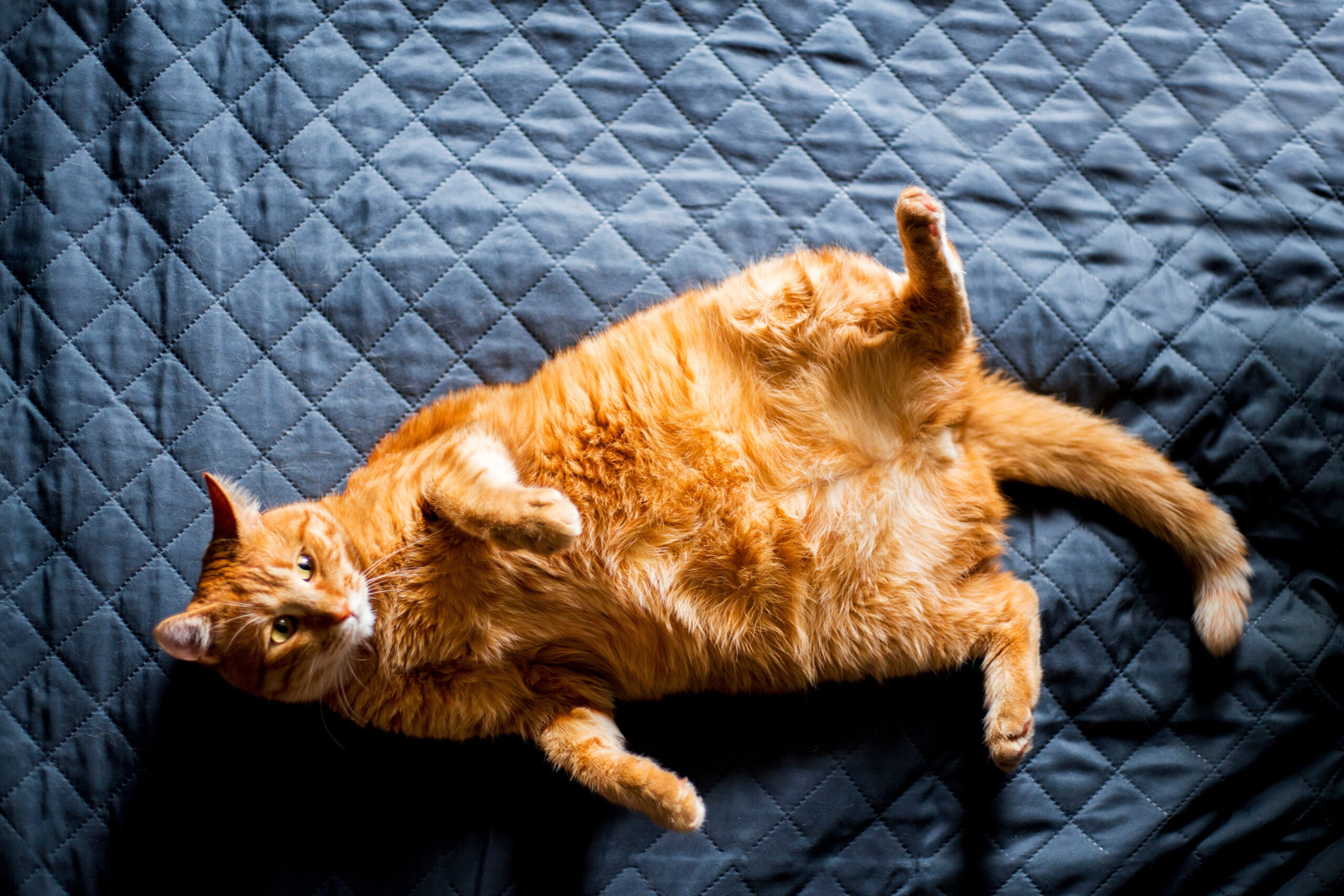
Belly-up
Relaxed and trusting (not always an invite to touch!)
Play vs. Aggression - Know the Difference
Playful Cats May:
- Pounce and chase
- Bat at toys or hands with claws sheathed
- Show upright ears and bouncy body language
- Pause or self-regulate mid-play
Aggressive or Overstimulated Cats May:
- Stalk with stiff posture and flicking tail
- Use claws or bite with force
- Vocalize with growls or yowls
- Show flattened ears and dilated pupils
If your cat bites during petting, it’s often a sign of overstimulation – not true aggression. Watch for signs like skin twitching, tail flicking, or ears turning before the bite. These are “I’m done now” signals.
How Cats Show Stress
Stress in cats can be quiet but serious. Chronic stress leads to behavioral and medical issues, including inappropriate urination, aggression, and even illness.
Common stress signals include:
- Hiding for extended periods
- Decreased appetite
- Excessive grooming or bald patches
- Aggression toward humans or other animals
- Sudden litter box issues
- Frequent vomiting or diarrhea with no clear cause
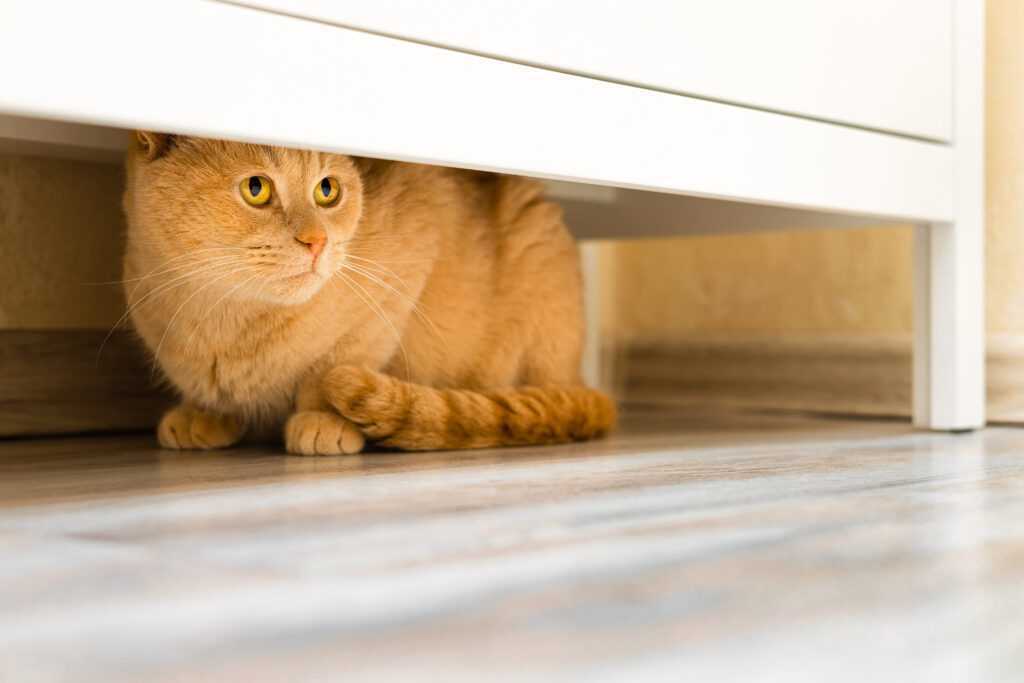
Environmental changes, loud noises, new pets, or even a rearranged room can cause stress. If you see a cluster of these behaviors, it’s time to evaluate your cat’s environment and routine. Feliway diffusers, quiet time, vertical spaces, and consistent routines all help reduce feline stress.
Final Thoughts
Learning to speak “cat” isn’t just about avoiding scratches. It’s about respect. When you understand what your cat is telling you – when to approach, when to back off, when they’re inviting play – everything changes. You build trust. You reduce conflict. And you create a home where your cat feels truly seen, understood, and safe.

